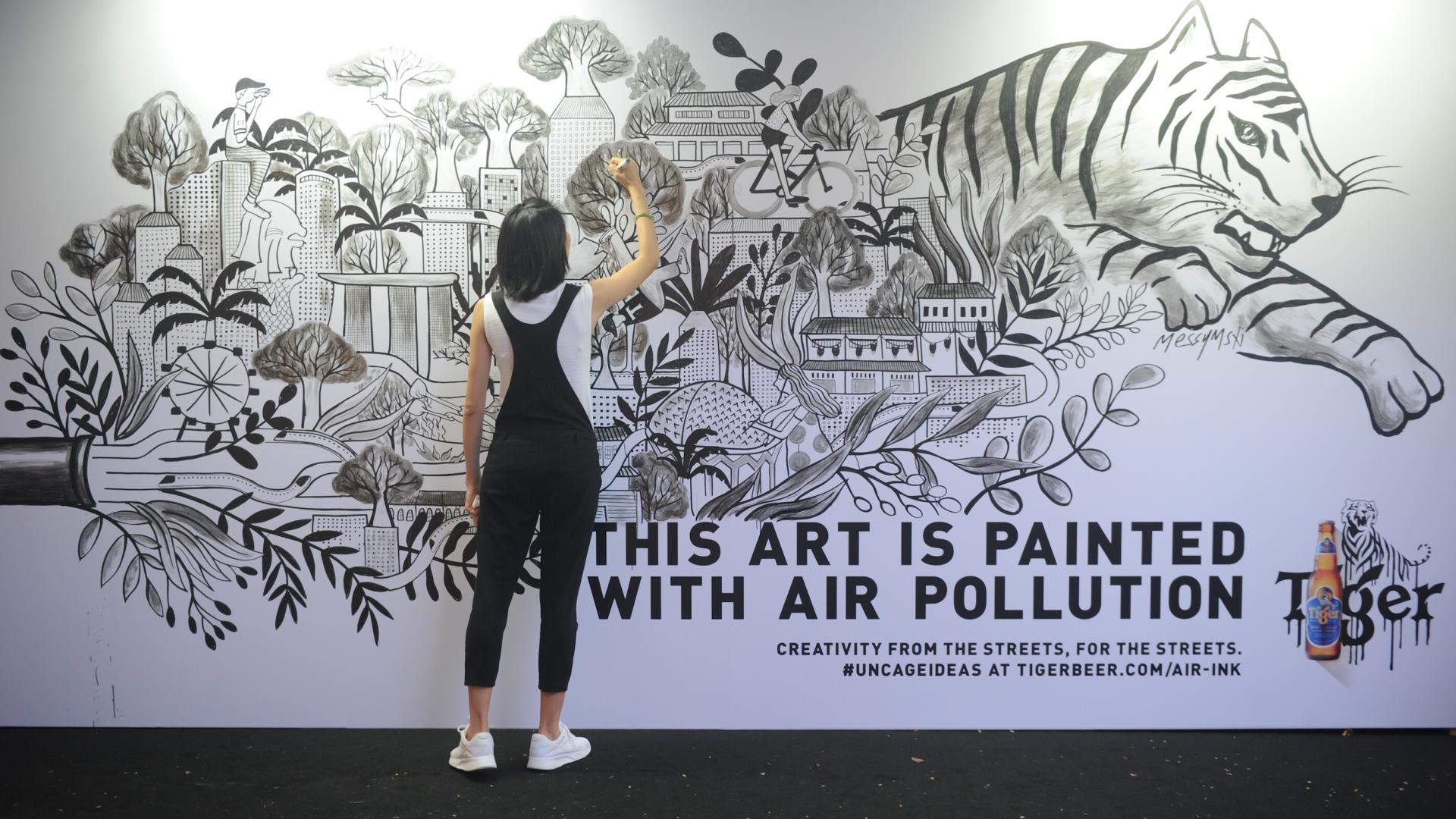The second consecutive year of mass coral bleaching on the Great Barrier Reef highlights the wider global problem affecting many of the word’s marine habitats. What do the experts say, and what can ordinary travelers do?
According to the United Nations Environment Programme, the period between 2014 and 2016 saw the longest ever recorded instance of global bleaching, affecting 90 per cent of coral on the Great Barrier Reef.
After an aerial survey of the area between Townsville and Cairns on Australia’s east coast, experts reported severe bleaching in offshore reefs in this particular area, which had escaped bleaching the year before. “Mass bleaching is occurring on the Great Barrier Reef for the second consecutive year,” confirmed Dr David Wachenfeld, director of reef recovery at the Great Barrier Reef Marine Park Authority (GBRMPA).
While the future may look bleak—reports suggest 90 per cent of the world’s coral will die by 2050—it’s not a lost cause. The GBRMPA’s director of reef recovery Dr David Wachenfeld says, “Not all bleached coral will die. As we saw last year, bleaching and mortality can be highly variable across the 344,000 square kilometer Marine Park—an area bigger than Italy.”
“We’re doing all we can to reduce illegal fishing and other activity that harms the Reef, including taking increasingly serious action against offenders,” adds their field management director Richard Quincey. The GBRMPA also work with scientific organizations on other solutions, such as coral re-seeding.
The impact of coral bleaching has even touched the art world. At the 57th Biennale di Venezia 2017, the sculptor, environmentalist and underwater photographer Jason deCaires Taylor launched his new exhibition of photographs and sculptures centered around coral bleaching; his work can be seen from 12th May to 27th November 2017 at the Official National Pavilion of Grenada. This Caribbean island was home to his first underwater art installation in 2006, a collection which now extends to over 800 underwater sculptures around the world.
RELATED: A deep dive into an underwater art world
Visitors can help by ensuring they don’t fish in protected areas, booking trips with principled operators, and reporting illegal activity. If you’re doing motorized water sports, slow down near reefs, islands and coastal areas, and try not to anchor or beach on corals or seagrass beds. Take all rubbish with you—even rubbish that isn’t yours—and do not take shells home as souvenirs. The mantra of ‘collect memories and take photos’ is a good one to go by.
Divers and snorkelers can prevent reef damage by being properly weighted, securing their dive gear and maintaining good buoyancy so nothing touches the reef. Not kicking up sand or suddenly changing direction in the water, and giving enough space to free-swimming sea creatures such as dolphins, turtles and sea snakes also helps keep the reefs in good condition. The GBRMPA also offers advice on how to choose a high standard activity operator, all of which are certified by EarthCheck or Ecotourism Australia.
Equally, behavior away from the reef is important. Reducing energy consumption in everyday life keeps greenhouse gas emissions down, conserving water decreases the amount of wastewater entering the ocean, and reducing waste ensures less debris ends up on our reefs, protecting these habitats for future generations—both in and out of the water.










